Indian Auto Sector Faces Multi-Level Disruptions: What Lies Ahead?
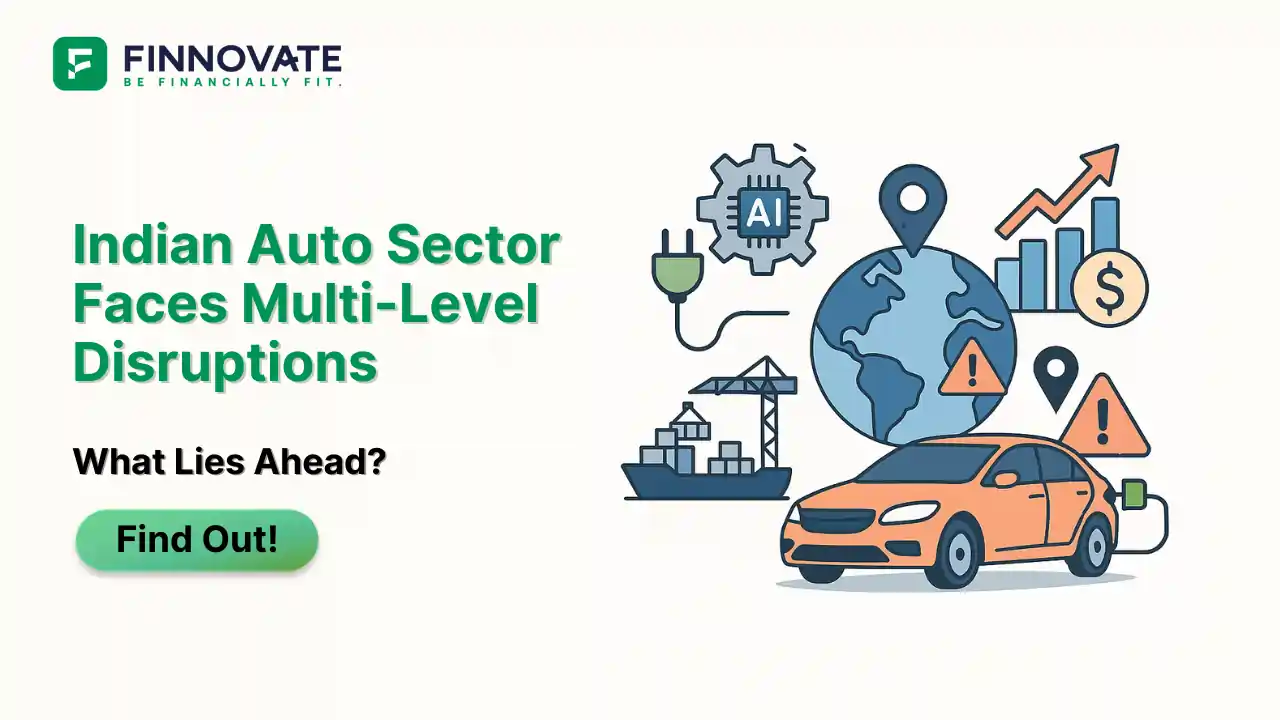
By

The Indian automobile sector is standing at a critical juncture. For the first time since the pandemic, it is being hit by multiple challenges at once - ranging from rising tariffs and global geopolitical tensions to supply chain concerns and shifting technologies. Together, these factors are poised to transform how the Indian auto industry functions, competes, and innovates.
A major concern is the sharp rise in US tariffs on auto imports. Tariffs have been increased from 2.5% to a steep 27.5%, directly affecting Indian auto manufacturers and component exporters. This especially impacts companies that don’t benefit from special trade deals, unlike Tata Motors’ JLR, which is UK-based and falls under the UK-US trade agreement.
Why it matters:
To stay competitive in the US market, these companies will now have to absorb or pass on the higher costs - neither of which is an easy option in a price-sensitive industry.
Conflicts like Russia–Ukraine, Israel–Iran, and India–Pakistan are straining global supply lines. These wars disrupt the availability and pricing of key automotive inputs and affect delivery timelines for both parts and finished vehicles.
Key impacts:
Yet, there’s a silver lining. Defence demand could increase, opening new opportunities for auto players that can pivot quickly to serve government and military vehicle needs.
Post-COVID, supply chains had begun to stabilize. But recent global events have triggered a fresh wave of disruptions.
Two major concerns:
If these trends continue, production costs could surge and lead times could stretch, hitting profitability.
The auto sector is already undergoing a major technology transition, and the pace is picking up.
Two major shifts:
The challenge is to scale up quickly and make these technologies both efficient and affordable. Companies lagging behind risk being left out of the next phase of automotive innovation.
The Indian auto sector is entering a phase of deep transformation. External shocks like tariffs and wars, combined with internal shifts in technology and sourcing, will test the resilience of every player. The winners will be those who adapt fastest - by building stronger supply chains, leveraging technology smartly, and expanding into new markets like defence and electric mobility.
This is not just a test of manufacturing strength - it’s a test of vision, agility, and long-term planning.
Speak to a certified advisor at Finnovate and get a customized portfolio plan today.
Book a Free SessionDisclaimer: This article is intended for informational purposes only and should not be construed as investment, tax, or legal advice. Past performance is not indicative of future results. Please consult your financial advisor before making any investment decisions.
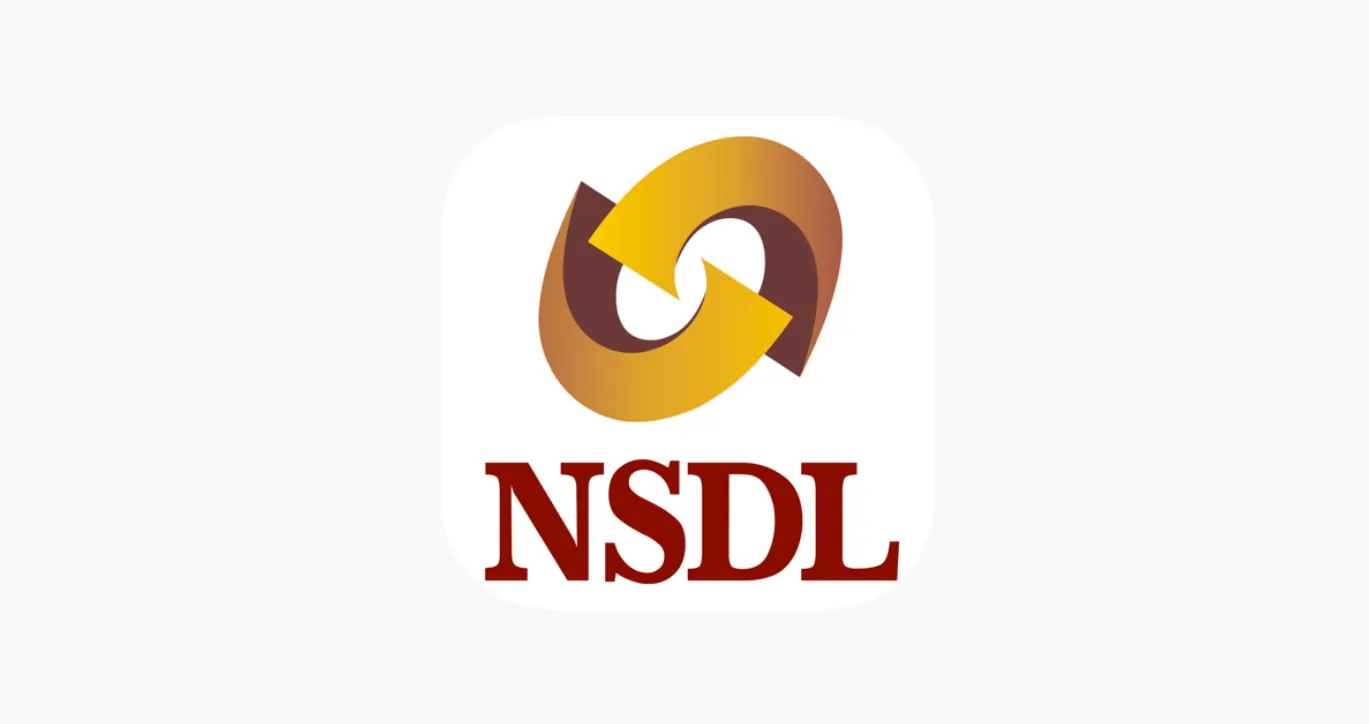
Learn how to easily download your NSDL CAS Statement in PDF format with our step-by-step guide. Follow our instructions to log in to NSDL e-Services, download your account statement, and subscribe for
Read Full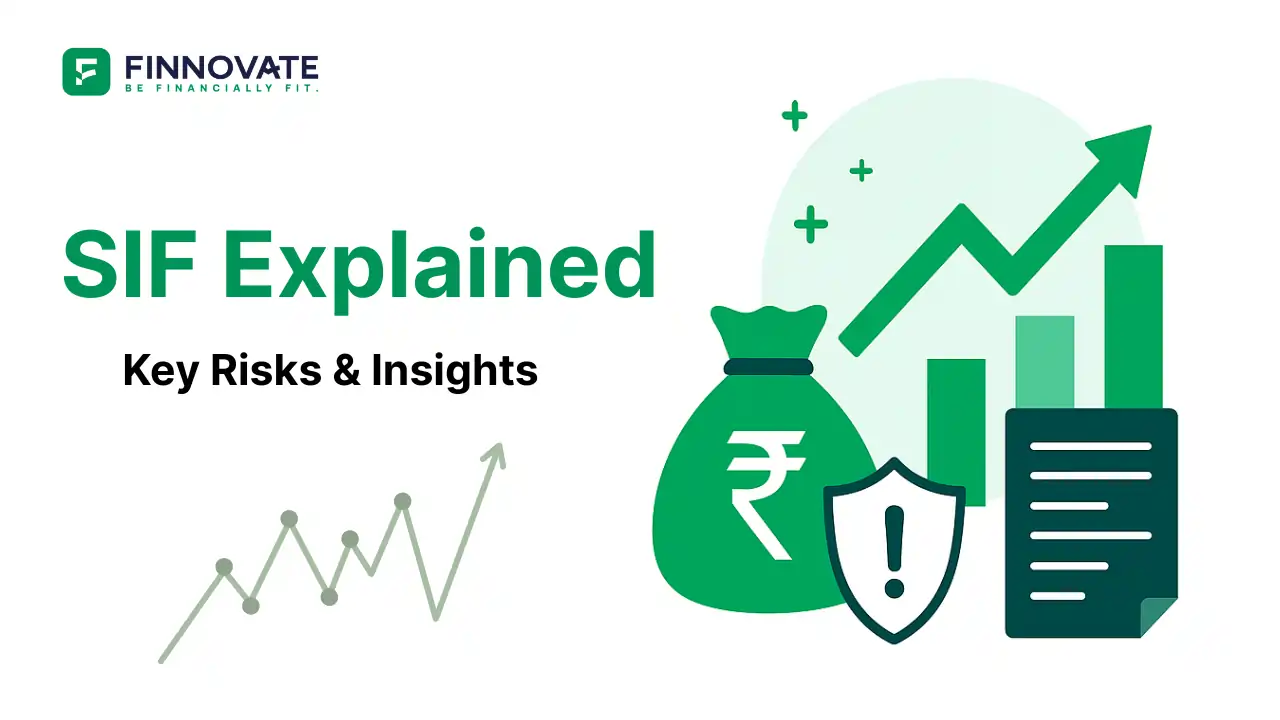
Explore what Specialised Investment Funds (SIFs) are, their benefits, taxation, minimum investment, how to invest, how they compare with mutual funds and PMS and latest developments in SIF space
Read Full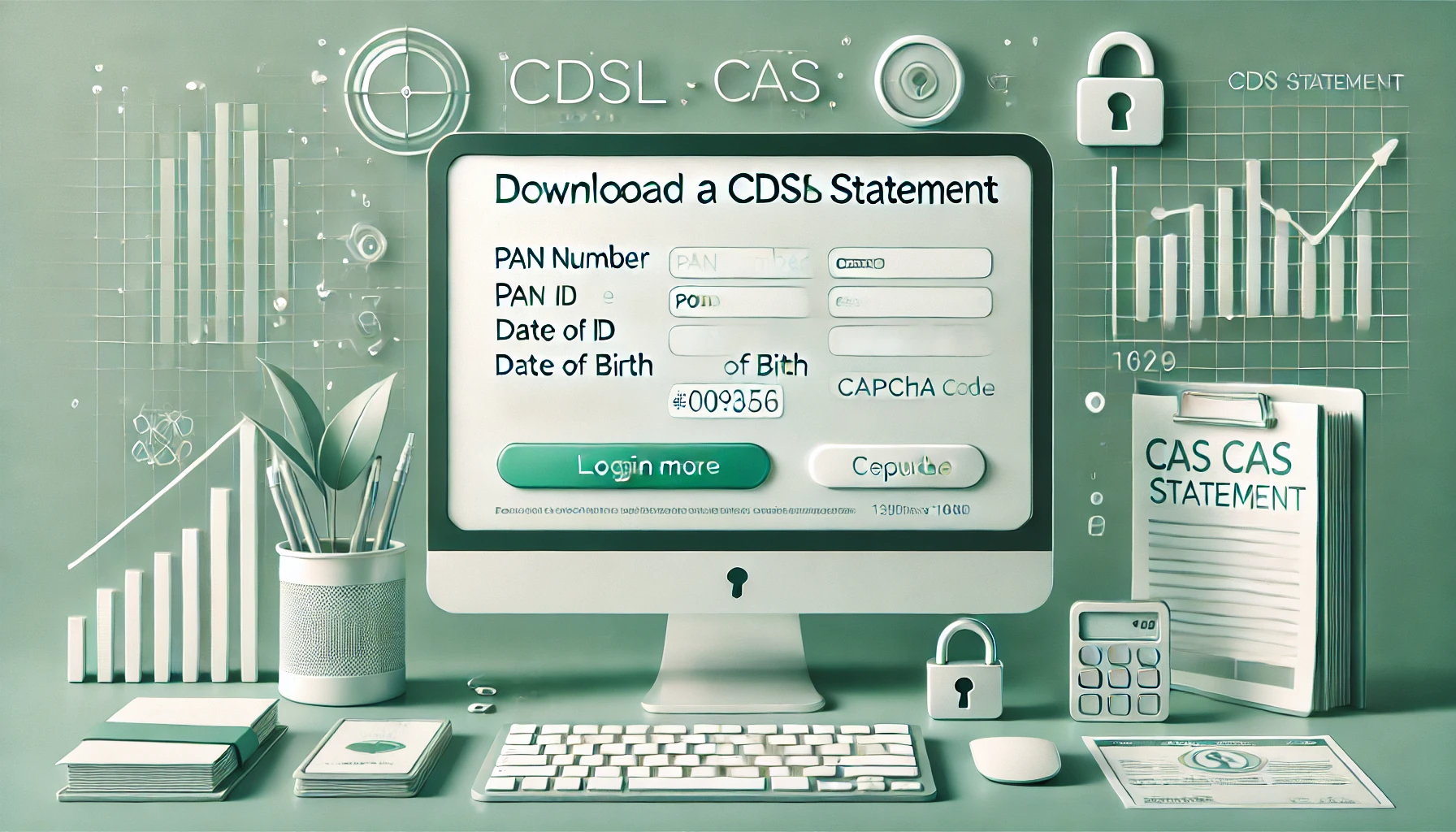
Learn How to Download Your CDSL CAS Statement with our step-by-step guide. Easy instructions for accessing your investment details online.
Read Full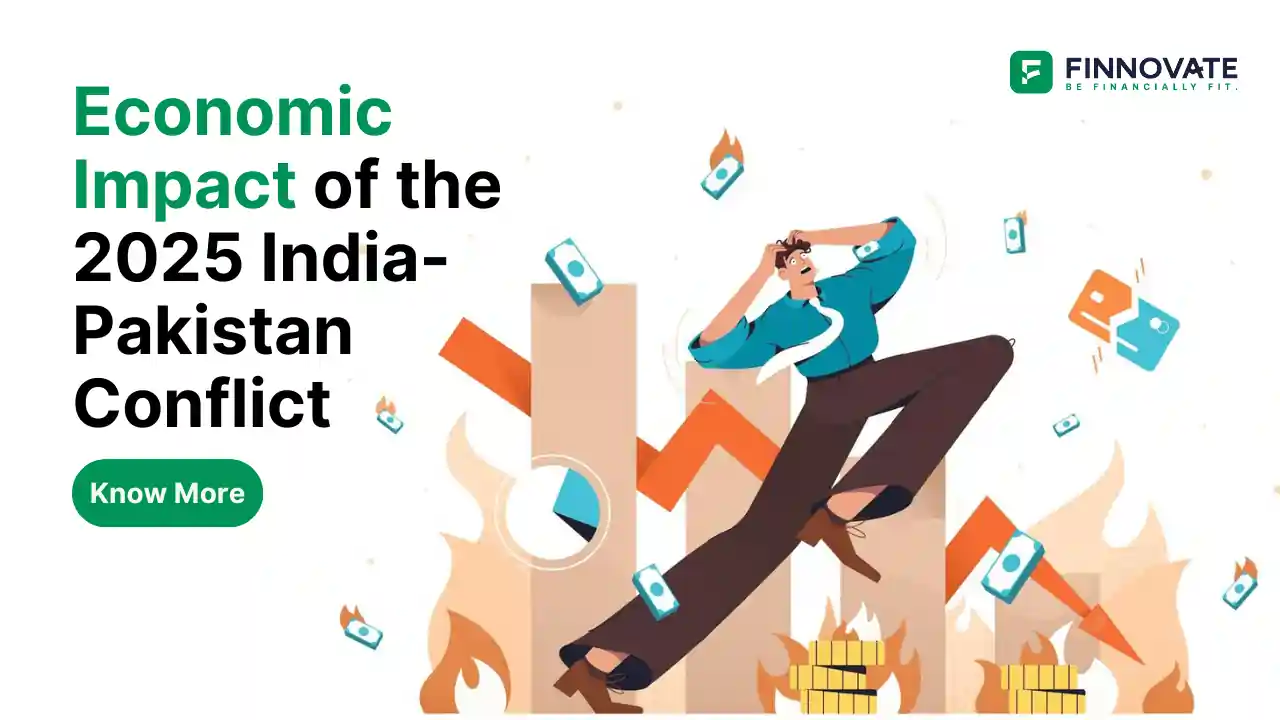
Analyzing the potential economic impact of the 2025 India-Pakistan conflict on India's GDP growth, manufacturing sector, and foreign investment.
Read Full
Looking for the best financial freedom books? Here’s a handpicked 2025 reading list with summaries, why to read, and who it's best for.
Read Full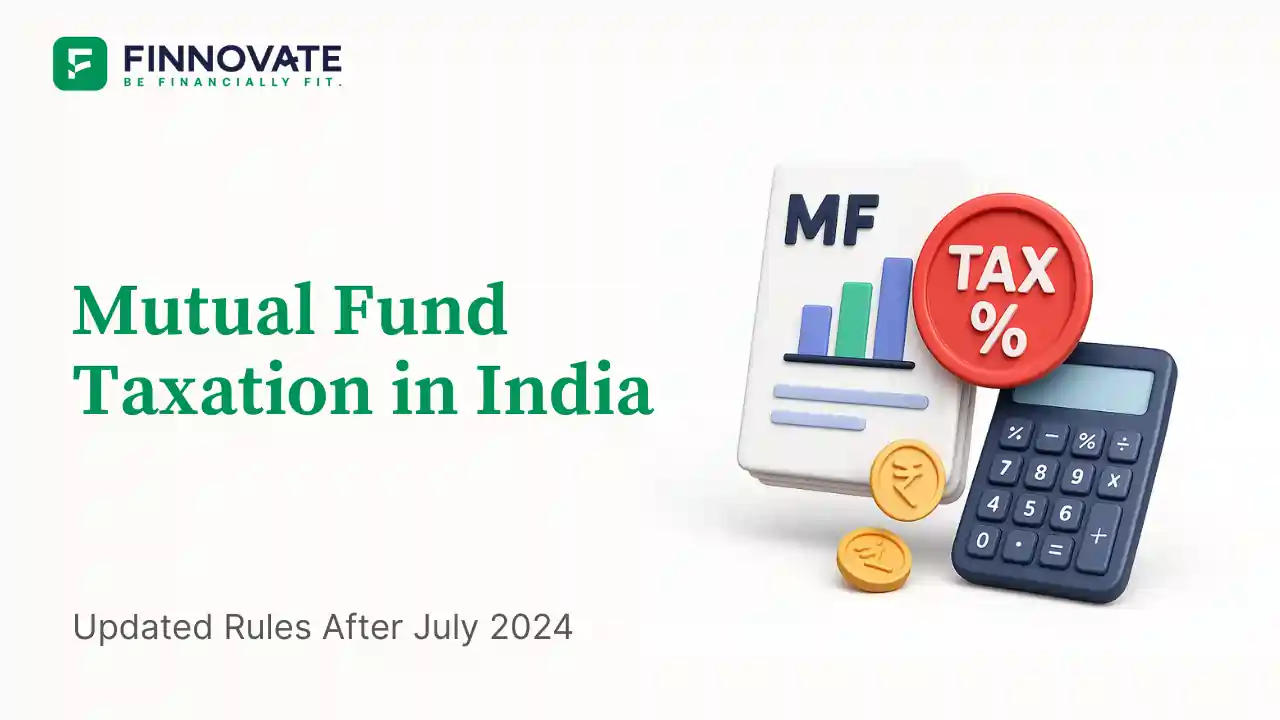
Clear guide to mutual fund taxation in India for FY 2025–26 after July 2024 changes: equity STCG 20%, LTCG 12.5% with ₹1.25L exemption, debt/hybrid rules, dividends, examples, tables, and FAQs.
Read Full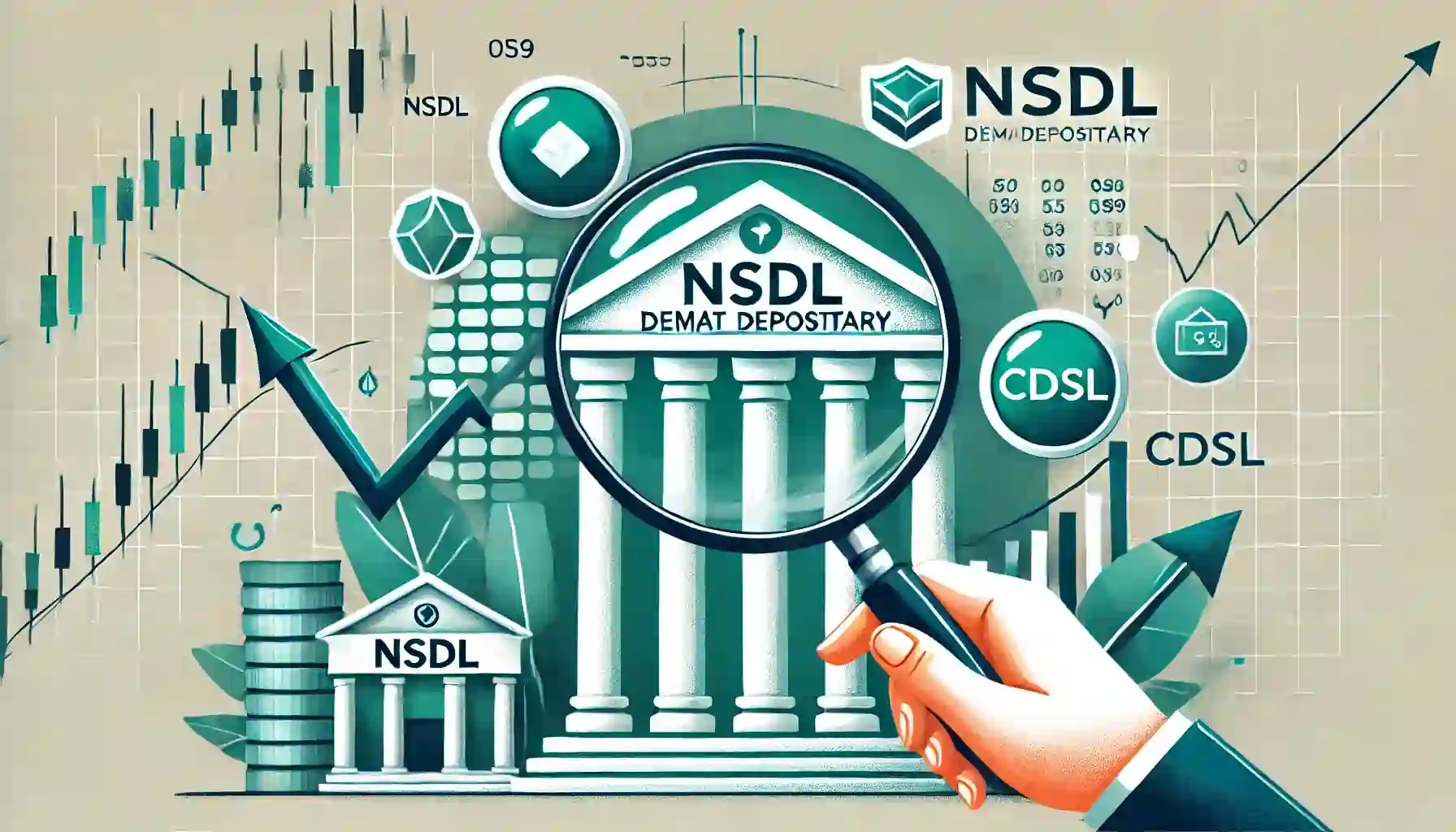
Determine if your Demat Depositary (DP) is NSDL or CDSL easily. Follow our guide to check using broking platforms or Demat account number formats
Read Full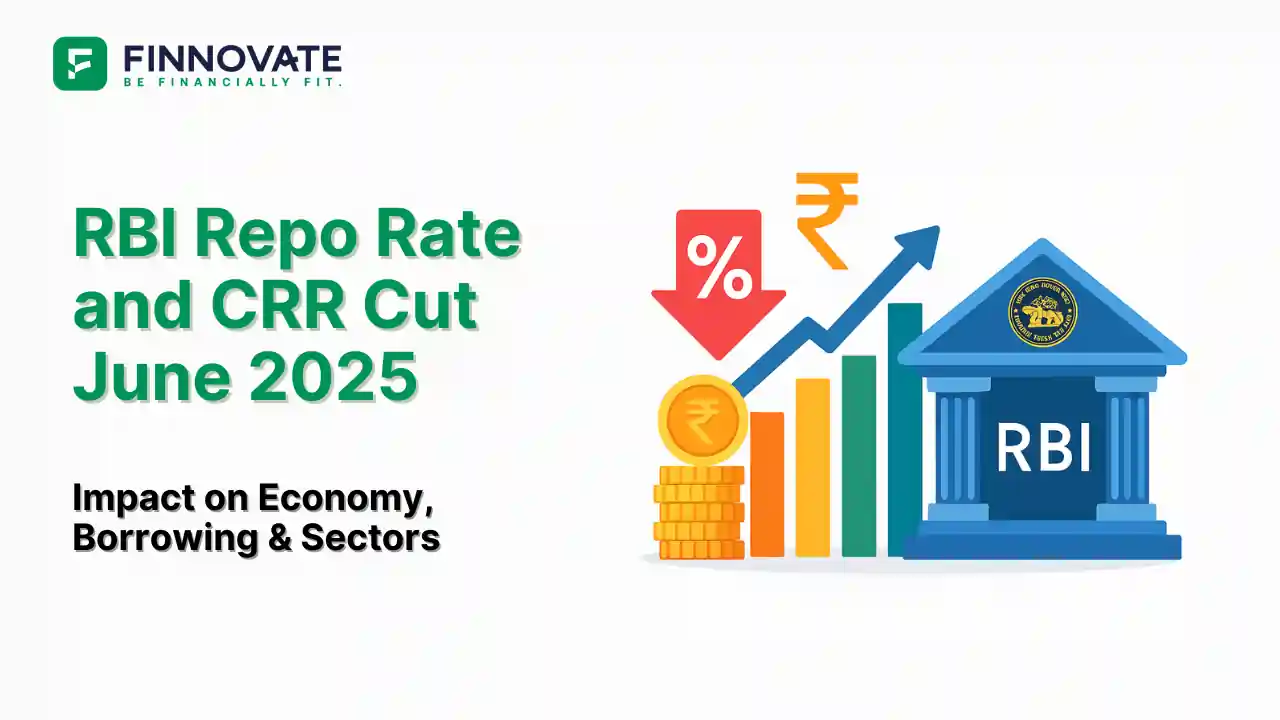
RBI cuts repo rate by 50 bps and CRR by 100 bps in June 2025 to boost growth. Learn how it impacts inflation, borrowing, sectors, and market trends.
Read Full